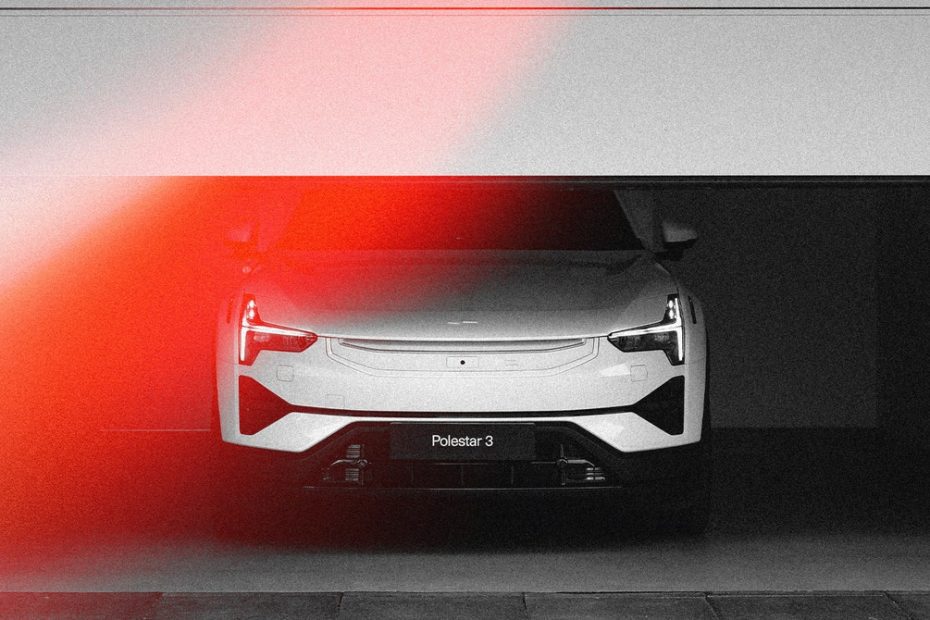After major investor Volvo decided to reduce its stake and cut funding for Polestar earlier this year, the EV company has been looking for $1.3 billion in new financing. It raised a $950 million three-year lifeline loan from a syndicate of banks led by BNP Paribas and told investors it plans to continue raising the rest of the funds this year. Volvo parent Geely Holdings, a Chinese company whose investment portfolio includes Levc, Lotus and Smart, became the company’s second-largest shareholder, while Volvo retained 18 percent and still owes $1 billion on an outstanding convertible note.
Polestar has told investors that it plans to double its margins by the end of the year, and in its last earnings call investors were told that the company is “working intensively” to improve cash flow and still has plans to break even by the end of 2025. The company’s new facility in South Carolina will play a big role in whether it can achieve this: analysts expect it to help with production volume and that it would make its electric vehicles eligible for the US electric vehicle tax credit of up to $7,500 depending on the vehicle’s specs, hopefully appealing to its customer base. Questions have been raised about whether Polestar will decide to delay sales of the Polestar 4 in the US until it can move production to South Korea in 2025, thus avoiding the Chinese tariffs.
“There has been increased competition and interest rates have risen significantly, which means many of these companies, like Polestar, are still struggling to scale,” said Andres Sheppard, senior equity analyst at financial services firm Cantor Fitzgerald.
Still, Polestar’s adjusted financial results for 2023, released Friday after a long delay, temper the outlook somewhat: net loss widened to $1.17 billion, operating losses rose more than 11 percent to $1.46 billion from $1.29 billion, and revenue fell 3 percent to $2.38 billion. These losses were not offset by a 6 percent increase in vehicle sales. Polestar missed its sales target of 60,000 vehicles (down from 80,000 previously in 2023), delivering 54,600 vehicles last year.
The late arrival of these results was itself a warning sign: if they had been delayed until July, Polestar would have risked being delisted from the Nasdaq, a consequence of missing required financial deadlines. The delays have been linked to accounting inaccuracies.
The company's stock price has been steadily declining over the past year, falling 8 percent at the market open on Tuesday, which Ingenlath called “not fair.” “We see that our current share price does not reflect the value of our company — not now and not in the future,” he told investors.
This means the gap between where Polestar is now and where it wants to be is wider than expected. Projected revenue figures compiled by market analysis agency Pitchbook show that the company is aiming to do £3.51 billion ($4.43 billion) in revenue this year, and grow that by 145.5 percent to £8.62 billion ($10.9 billion) by 2026. It would be an ambitious feat for current global sales director Kristian Elvefors, the former managing director of Volvo in the UK who took over from Mike Whittington earlier this year. Elvefors has a plan to expand the company’s retail footprint into Asia, Europe and Latin America by 2025, and to allow customers to configure and order cars online. Worryingly, however, is news that car rental company Hertz has shelved plans to buy tens of thousands of Polestar cars this year. The company has pulled out of a 2022 deal worth an estimated $3 billion that promised to sell a quarter of the Polestar fleet by 2024.

